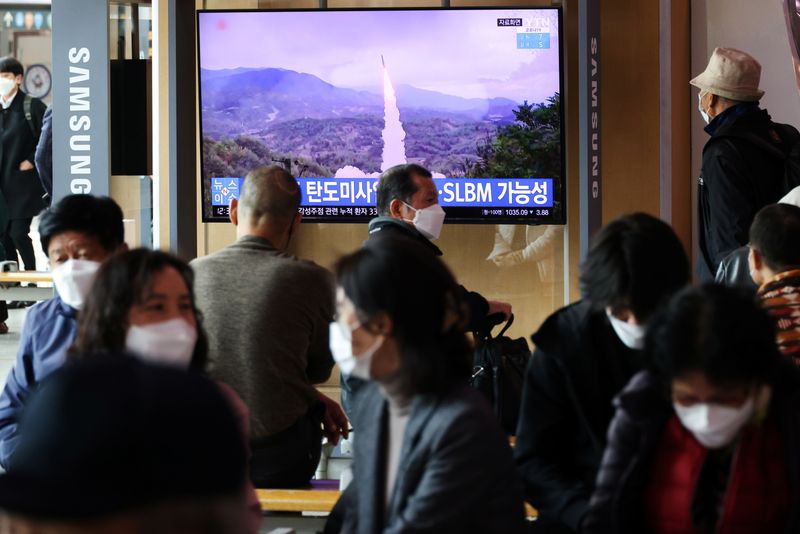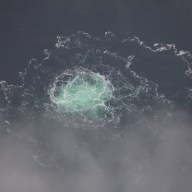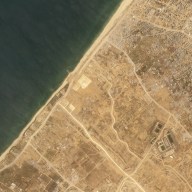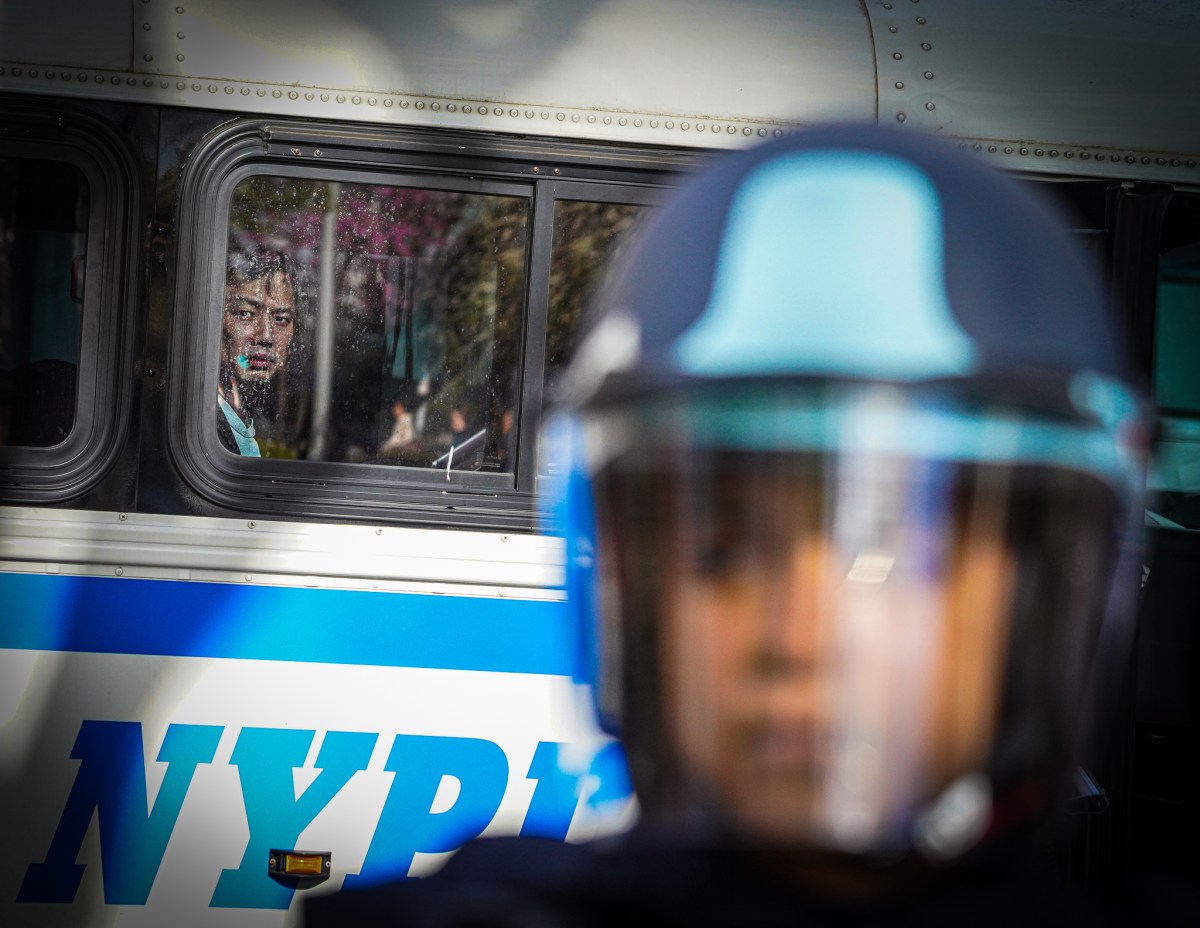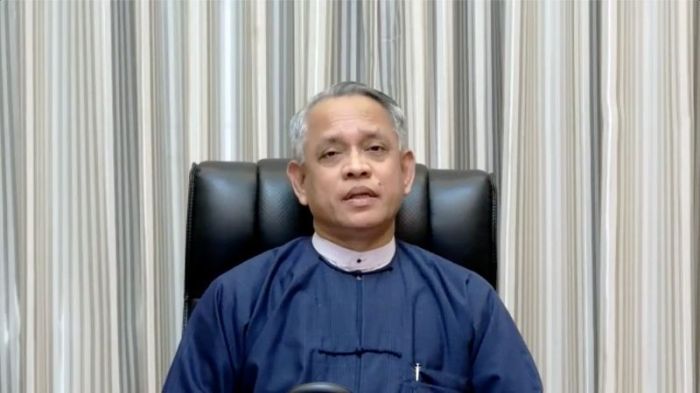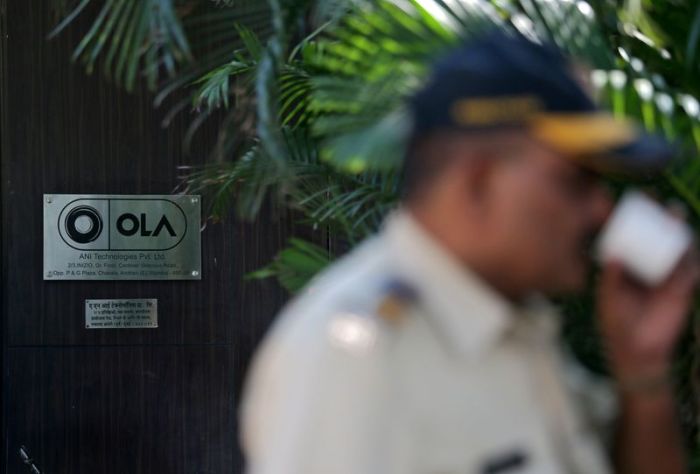SEOUL (Reuters) – North Korea fired a submarine-launched ballistic missile (SLBM) off its east coast on Tuesday, South Korea’s military said, pulling Japan’s new prime minister off the campaign trail and overshadowing the opening of a major arms fair in Seoul.
The U.S. military’s Indo-Pacific Command condemned the launch as destabilising, but judged it did not pose an immediate threat to the United States or its allies.
U.N. Secretary-General Antonio Guterres urged Pyongyang to comply with Security Council resolutions that ban ballistic missile launches.
Deputy U.N. spokesman Farhan Haq said Guterres called for North Korea to swiftly resume diplomatic efforts for peace and the complete and verifiable denuclearization of the Korean Peninsula.
South Korean and U.S. officials were investigating if the missile was a smaller, previously unseen version displayed last week at an exhibit in Pyongyang, a South Korean military source told Reuters, citing ongoing analysis.
They were also examining whether the missile was fired from North Korea’s experimental Gorae-class submarine, he added, speaking on condition of anonymity.
The launch, reported by officials in South Korea and Japan, followed a meeting of U.S. and South Korean envoys in Washington on Monday to discuss the nuclear standoff with the North.
North Korea has persisted with military development despite international sanctions over its nuclear weapons and missile programmes.
South Korea’s Joint Chiefs of Staff said the missile was launched about 10:17 a.m. from the sea in the vicinity of Sinpo, where North Korea keeps submarines as well as equipment for test firing SLBMs.
“Our military is closely monitoring the situation and maintaining readiness posture in close cooperation with the United States, to prepare for possible additional launches,” its statement said.
It was not immediately clear if the missile was fired from a submarine or from a submersible test barge, as in most previous tests. A military source said it flew about 430 km to 450 km (267 to 280 miles) to a maximum altitude of 60 km (37 miles).
North Korea’s last SLBM test was in October 2019, when a Pukguksong-3 missile was fired from an underwater platform, flying 450 km to a maximum altitude of 910 km.
The U.S. Special Representative for North Korea, Sung Kim, on Tuesday held talks with South Korean and Japanese counterparts and the State Department said he called on North Korea “to refrain from further provocations and engage in sustained and substantive dialogue.”
It said Kim also expressed support for humanitarian aid for the most vulnerable North Koreans.
Kim Dong-yup, a former South Korea Navy officer who is a professor at Seoul’s Kyungnam University, said the latest test probably involved a recently unveiled SLBM.
North Korea displayed new Pukguksong-4 and Pukguksong-5 SLBMs at military parades in October and January respectively, and a previously unseen, smaller missile was spotted at a defence fair last week in Pyongyang.
North Korea has also been working on what would be its first operational submarine capable of launching an SLBM, South Korean officials say.
The Washington-based Nuclear Threat Initiative has said SLBM capability could provide North Korea with a hedge against destruction of land-based nuclear systems.
INTERNATIONAL STANDOFF
South Korea’s national security council expressed regret over the test and urged the North to resume talks.
Japanese Prime Minister Fumio Kishida said two ballistic missiles had been detected and called North Korea’s string of missile tests in recent weeks regrettable.
There was no immediate explanation from South Korea or Japan over the conflicting number of missiles detected.
Kishida cancelled scheduled campaign appearances in northern Japan, and the deputy chief cabinet secretary said he planned to return to Tokyo to deal with the missile situation.
Spy chiefs from the United States, South Korea and Japan who were meeting in Seoul on Tuesday shared information on the missile test and agreed to strengthen intelligence sharing, South Korea’s National Intelligence Service said in a statement.
Chad O’Carroll, a North Korea expert with the Korea Risk Group, said on Twitter that recent North Korean activity suggested it may be looking again to military and world affairs after nearly two years of focusing on the COVID-19 pandemic.
Analysts say the missiles tested recently by North Korea appear aimed at matching or surpassing https://www.reuters.com/article/us-northkorea-missiles-southkorea-analys-idCAKBN2BM0G8 an arsenal South Korea has been expanding quietly.
South Korea’s successful test last month of an SLBM made it the first country without nuclear weapons to develop such a system. North Korea test fired a missile from a train the same day.
South Korea is also preparing to test fire its first home-grown space launch vehicle on Thursday. Analysts say the rocket has few potential applications as a weapon, but such tests are unlikely to be welcomed by North Korea.
(Reporting by Hyonhee Shin and Josh Smith; Additional reporting by Ritsuko Ando in Tokyo, David Brunnstrom in Washington and Michelle Nichols in New York; Editing by Christopher Cushing, Gerry Doyle and Howard Goller)

